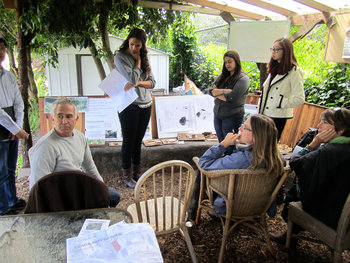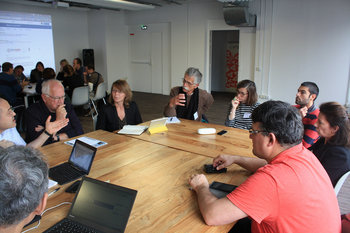|
| |
A user story is a short statement that describes an single expectation that a user has for a product, service or system. They are used as functional requirements to build and test features. User stories are associated with agile project methodologies such as scrum. Each user story should be independent of other features so that it can be prioritized and build separately without dependencies. Stories are also designed to be at the smallest level of granularity possible. For example, a story such as "As an earthling, I want an interstellar space ship, so that I can travel really far", is too broad and big to be meaningful.Stories are designed to add value to a business. This generally means that they align to a business strategy. User stories must also be testable. As a result, it is common to add a series of requirements known as acceptance criteria to each story.In many cases, user stories are also used by non-agile methodologies as a tool of requirements gathering. In this case, stories are collected and unified as a single and consistent set of functional requirements by a business analyst.
ExamplesAs a customer, I'd like to set up my password, so that I can log to the web site.As a salesperson, I'd like to see a list of qualified leads, so that I can call them.As a manager, I'd like to be able to reassign tasks, so that I can keep processes moving when someone calls in sick.As a passenger, I'd like to be able to review my satisfaction with each flight, so that service can be improved.As a driver, I'd like to be able to completely silence my navigation system with a single button, so that auditory notifications don't interrupt my music.As an investor, I'd like to be able to trade stocks pre-market, so that I can react more quickly to news.|
Areas | | Definition | A short statement of a single requirement a user has for a product, service or system. | Format | Often phrased as:As a role, i'd like to function, so that I can goal | Related Techniques | |
Business Analysis
This is the complete list of articles we have written about business analysis.
If you enjoyed this page, please consider bookmarking Simplicable.
A list of business analysis techniques and deliverables.
The common types and formats of requirements.
The difference between business analysis and business architecture.
A few examples of common process gaps.
A definition of best in class with examples.
The common types of data analysis.
Common types of technical feasibility.
The common types of requirements elicitation.
A definition of requirements management with examples.
The common types of specification.
An overview of problem solving with examples.
A list of thinking approaches and types.
A definition of workaround with examples.
A list of common creative thinking techniques.
A list of common types of problems.
The definition of analysis paralysis with examples.
The definition of the arrow of time with examples.
An overview of common business problems.
The definition of decision framing with examples.
The common types of research.
TrendingThe most popular articles on Simplicable in the past day.
Recent posts or updates on Simplicable.
Site Map
© 2010-2023 Simplicable. All Rights Reserved. Reproduction of materials found on this site, in any form, without explicit permission is prohibited.
View credits & copyrights or citation information for this page.
|































